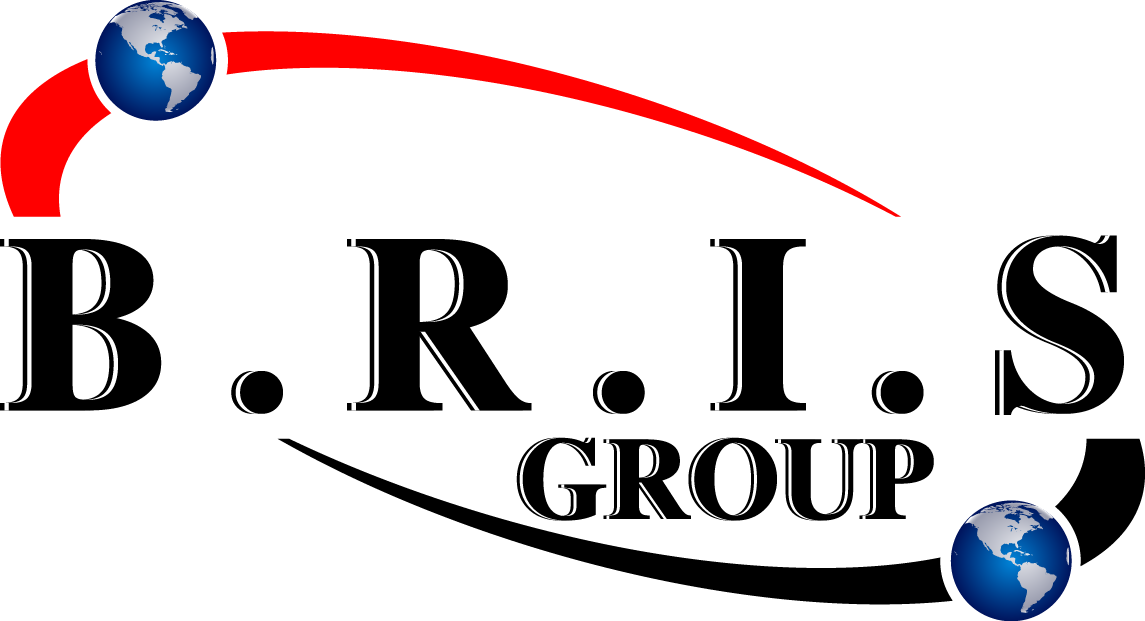Offshore Asset Protection: Safeguarding Your Wealth Beyond Borders
In today’s litigious world, protecting your hard-earned assets is more crucial than ever. One strategy gaining popularity is Offshore Asset Protection, which involves legally structuring your assets in jurisdictions outside your country of residence to shield them from potential creditors, lawsuits, and other financial threats. It’s about creating a legal barrier that makes it significantly more difficult and expensive for someone to access your wealth.
Which Types of Companies Offer Offshore Asset Protection?
Several types of entities are commonly used in Offshore Asset Protection strategies. The best choice depends on your specific circumstances, the type of assets you want to protect, and your overall financial goals. Here are some of the most popular options:
- Offshore Trusts: These are perhaps the most well-known and widely used tools. A trust is a legal arrangement where you (the settlor) transfer ownership of assets to a trustee, who manages them for the benefit of beneficiaries (often yourself and your family). Offshore trusts, established in jurisdictions with strong asset protection laws, offer a robust layer of defense.
- Offshore Limited Liability Companies (LLCs): Similar to LLCs in your home country, offshore LLCs provide limited liability protection. This means that your personal assets are generally shielded from business debts and lawsuits. They can be particularly useful for holding real estate, investments, or operating a business.
- Offshore Foundations: Foundations are similar to trusts but are often considered more flexible. They are separate legal entities with their own governing documents and can be used for a variety of purposes, including asset protection, charitable giving, and estate planning.
- International Business Companies (IBCs): IBCs are corporations formed in offshore jurisdictions, often with favorable tax regimes and strong privacy laws. They can be used to hold assets, conduct international business, or serve as the holding company for other entities.
How Does Offshore Asset Protection Work?
The core principle behind Offshore Asset Protection is to make your assets less accessible to potential creditors. Here’s a simplified overview of how it works:
1. Jurisdiction Selection: You choose an offshore jurisdiction with strong asset protection laws, a stable political and economic environment, and a favorable legal system. Popular jurisdictions include the Cook Islands, Nevis, Belize, and the Cayman Islands.
2. Entity Formation: You establish the appropriate legal entity (trust, LLC, foundation, etc.) in the chosen jurisdiction.
3. Asset Transfer: You legally transfer ownership of your assets to the offshore entity. This is a crucial step and must be done correctly to avoid accusations of fraudulent conveyance.
4. Management and Control: While you may retain some level of control over the assets (depending on the structure), the trustee or manager of the offshore entity has a fiduciary duty to protect the assets for the benefit of the beneficiaries.
5. Legal Defense: If you are sued, the creditor must pursue legal action in the offshore jurisdiction, which can be a costly and time-consuming process. The strong asset protection laws in the jurisdiction make it difficult for creditors to seize the assets.
Important Considerations:
- Legality: Offshore Asset Protection is a legal strategy when implemented correctly. It’s crucial to comply with all applicable laws in your home country and the offshore jurisdiction. Avoid using it to hide assets from legitimate creditors or to evade taxes.
- Professional Advice: Seek advice from experienced attorneys and financial advisors who specialize in Offshore Asset Protection. They can help you choose the right structure, navigate the legal complexities, and ensure compliance with all regulations.
- Timing: It’s best to implement Offshore Asset Protectionstrategies before any legal threats arise. Trying to transfer assets after a lawsuit has been filed or is imminent can be considered fraudulent conveyance, which can have serious legal consequences. Proactive planning is key.
- Due Diligence: Thoroughly research the offshore jurisdiction and the professionals you’re working with. Ensure they have a solid reputation and a proven track record in asset protection. Don’t be afraid to ask questions and verify their credentials.
- Transparency: Maintain transparency with your financial institutions and tax authorities. Disclose your offshore structures and assets as required by law. Opaque or secretive arrangements can raise red flags and attract unwanted scrutiny.
Nuances of Offshore Asset Protection
While the core principles remain consistent, the specific implementation of an Offshore Asset Protection plan can vary significantly depending on individual circumstances. Here are some additional factors to consider:
- Type of Assets: The type of assets you’re protecting will influence the choice of entity and jurisdiction. For example, real estate might be held in an offshore LLC, while investment portfolios might be placed in an offshore trust.
- Jurisdictional Differences: Each offshore jurisdiction has its own unique set of laws and regulations. Some jurisdictions are known for their strong asset protection laws, while others offer greater privacy or tax advantages. Understanding these differences is crucial for selecting the right jurisdiction.
- Tax Implications: Offshore structures can have significant tax implications. It’s essential to consult with a tax advisor to understand the tax consequences of transferring assets offshore and to ensure compliance with all applicable tax laws.
- Control vs. Protection: There’s often a trade-off between control and protection. The more control you retain over the assets, the less protection they may have. Striking the right balance between these two factors is a key consideration in designing an effective asset protection plan.
- Ongoing Maintenance: Offshore structures require ongoing maintenance, including annual fees, compliance filings, and legal updates. Be prepared to invest the time and resources necessary to maintain your offshore structures in good standing.
Offshore Asset Protection: A Tool, Not a Magic Bullet
It’s important to remember that Offshore Asset Protection is a tool, not a magic bullet. It’s not a foolproof guarantee against all legal threats. However, when implemented correctly, it can significantly increase the difficulty and expense for creditors to access your assets, providing you with a valuable layer of protection.
Ultimately, the decision to pursue Offshore Asset Protection is a personal one that should be made after careful consideration of your individual circumstances, financial goals, and risk tolerance. By working with experienced professionals and understanding the legal and tax implications, you can create a robust asset protection plan that safeguards your wealth for the future.
*********
If you interested in Offshore Asset Protection our team will be happy to help you there and provide you with more detailed information, you can contact us at [email protected]

Offshore Asset Protection
Related page:

